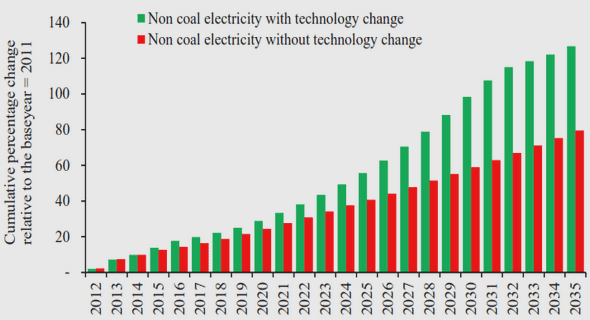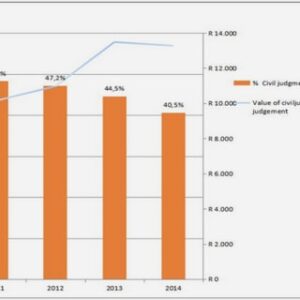(Downloads - 0)
For more info about our services contact : help@bestpfe.com
Table of contents
i introduction
1 theoretical introduction
1.1 Rethinking introspective illusion
1.1.1 A hindrance for early psychological science
1.1.2 An object of study per se
1.2 From illusion to integrative process: beyond the introspection accuracy debate
1.2.1 Illusion: the default mode of self-knowledge?
1.2.2 Beyond illusion: integrative perspective of introspection
1.3 Monitoring and controlling decisions
1.3.1 Reframing decision
1.3.1.1 Theoretical account
1.3.1.2 Neural implementation
1.3.2 Introspect decision timing and execution
1.3.3 Introspecting the decision content
2 capturing decision signals in real time
2.1 Selective visual attention in the brain
2.1.1 Neuro-anatomy of visual selective attentional process
2.1.2 Feature-based covert attention (FBCA)
2.1.3 Selective attention and decision
2.2 Measuring the consequence of selective attention
2.2.1 The steady-state visual evoked potential (ssVEP)
2.2.2 Visual selective attention modulates ssVEP
2.2.3 ssVEP to investigate cognition
2.3 Brain computer interface (BCI): toward a real-time measure of selective attention
2.3.1 Linear stimulus reconstruction and individual model creation
2.3.2 The BCI loop
2.3.3 Summary
2.3.4 Empirical contribution overview
ii experimental contributions
3 imbalanced exogenous and endogenous contribution to introspection lead to illusion and associated metacognitive failures
3.1 Synopsis
3.2 Introduction
3.3 Results
3.3.1 Impact of internal decision evidence and external cues on introspection
3.3.2 Metacognitive failures:
3.3.3 Reliability of internal decision evidence: [ October 1, 2020 at 14:54 – version 1.0 ]
3.4 Discussion
3.4.1 Conclusion
3.5 Methods
3.5.1 Participants
3.5.2 Visual stimulation
3.5.3 EEG recording
3.5.4 Brain Computer Interface
3.5.5 Experimental procedure
3.5.6 Data Processing
3.5.7 Statistical Analysis
4 partial awareness during voluntary endogenous decision
4.1 Synopsis
4.2 Introduction
4.3 Results
4.4 Discussion
4.5 Methods
4.5.1 Participants
4.5.2 EEG recording
4.5.3 Visual Stimulation
4.5.4 Brain Computer Interface
4.5.5 Experimental procedure
4.5.6 Data Processing
4.5.7 Statistical analysis
iii discussion
5 general discussion
5.1 Summary of results
5.2 Theoretical implications
5.2.1 Implication for awareness of decision
5.2.2 Implication for interpretation of introspection and Choice Blindness
5.2.3 Implication for allocation of attention
5.3 Methodological consideration and limits
5.3.1 Real time decoding and introspection
5.3.2 Probing complex cognitive mechanisms
5.4 Theoretical limits and Future directions
5.4.1 Concomitant measure of endogenous and exogenous cues
5.4.2 Probing the limits of awareness of decision content
5.4.3 Neural noise and awareness
5.4.4 Toward a metacognitive prosthesis
5.5 Final Conclusion
iv appendix
a methodological foreword: the visual stimulation
a.1 Specifications
a.2 Creation procedure
a.2.1 Background (see Figure 16) [ October 1, 2020 at 14:54 – version 1.0 ]
a.2.2 Animation and phase modulation (see Figure 17)
a.2.3 Single frame creation (see Figure 18)
b extended data for chapter 3
b.1 Results
b.1.1 Effect of internal decision evidence on introspective accuracy in the absence of feedback
b.1.2 Distinguishing accurate introspection from confabulation.
b.1.3 Relationship between confidence and consistency of internal decision evidence following informative feedback cues
b.1.4 Controlling for late changes of decision
b.1.4.1 Exogenous influence on confidence
b.1.4.2 Internal decision evidence consistency modulate the impact of external cues on confidence
b.2 Figures
b.3 Methods and Tables
c extended data for chapter 4
c.1 Results
c.1.1 Number of random versus determined reports
c.1.2 AAS level does not reflect a successful decision phase
c.2 Methods and Tables
bibliography




